Together We Engineer: Celebrating Collaboration on INWED 2025
At AECOM, collaborate is more than a core value — it’s how we deliver meaningful impact. This International Women in Engineering Day (INWED), we’re proud to spotlight the women engineers across our Water business who live this value every day.
In line with this year’s theme, #TogetherWeEngineer, we asked our women engineers how they collaborate — across teams, regions and with clients — to solve challenges and deliver a better world.
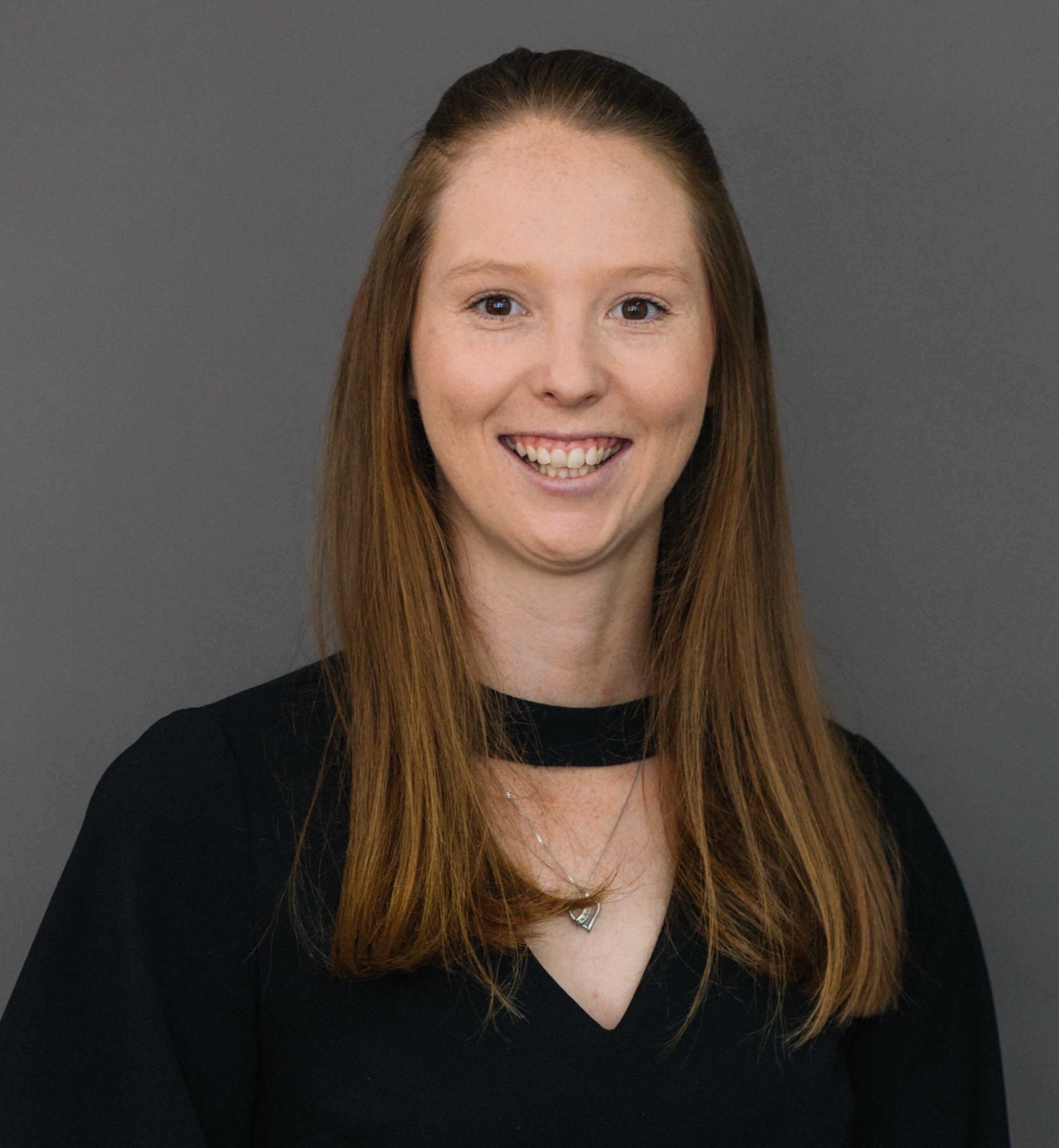
Lindsay Stafford, Senior Civil Engineer
Queensland, Australia
From the start of my career, I’ve prioritized building a strong network of mentors. That foundation has grown into a broad internal network that’s essential to how I work — especially in a region where collaboration across business lines and geographies is key to delivering better engineering outcomes.
One of the most rewarding projects I’ve worked on involved a small, remote community facing long-term water scarcity. Their pipeline had been failing for years. We partnered with them from the bid phase through to commissioning — securing funding, diagnosing the issue, and delivering a full design solution. The moment the new pipe was turned on and water flowed again was a powerful reminder of why we do what we do.
Whether virtually or in person, collaboration is at the heart of every successful project. It starts with trust, grows through shared goals, and results in solutions that truly make a difference.
Becky Wong, Technical Director, Water
Hong Kong
In engineering, sustainable outcomes often rely on cross-disciplinary collaboration. On a new town development, I worked with hydrology, ecology, landscape, and geotechnical teams to preserve a natural river course while meeting flood protection standards. The result was a resilient, ecologically rich corridor that balanced technical and environmental goals.
Client collaboration is just as vital. On a project for the Civil Engineering and Development Department (CEDD), we expanded our drainage solutions to support nearby rural villages. By co-developing upstream and downstream improvements, we delivered a more inclusive and climate-resilient outcome.
In another project, we designed a closed-loop water system to reduce reliance on external potable sources. Working with government departments, we integrated sewage collection, treatment, and reuse — cutting emissions and supporting long-term sustainability. These projects show how collaborative engineering can meet complex challenges and deliver lasting value.
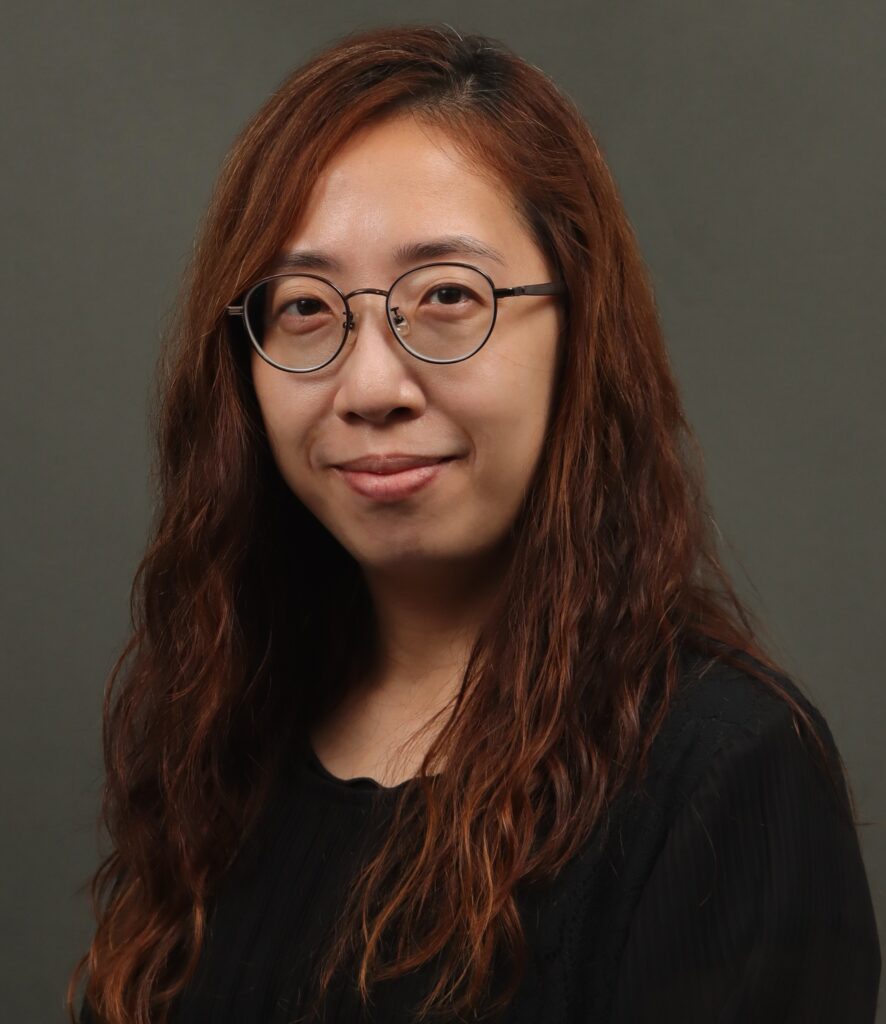
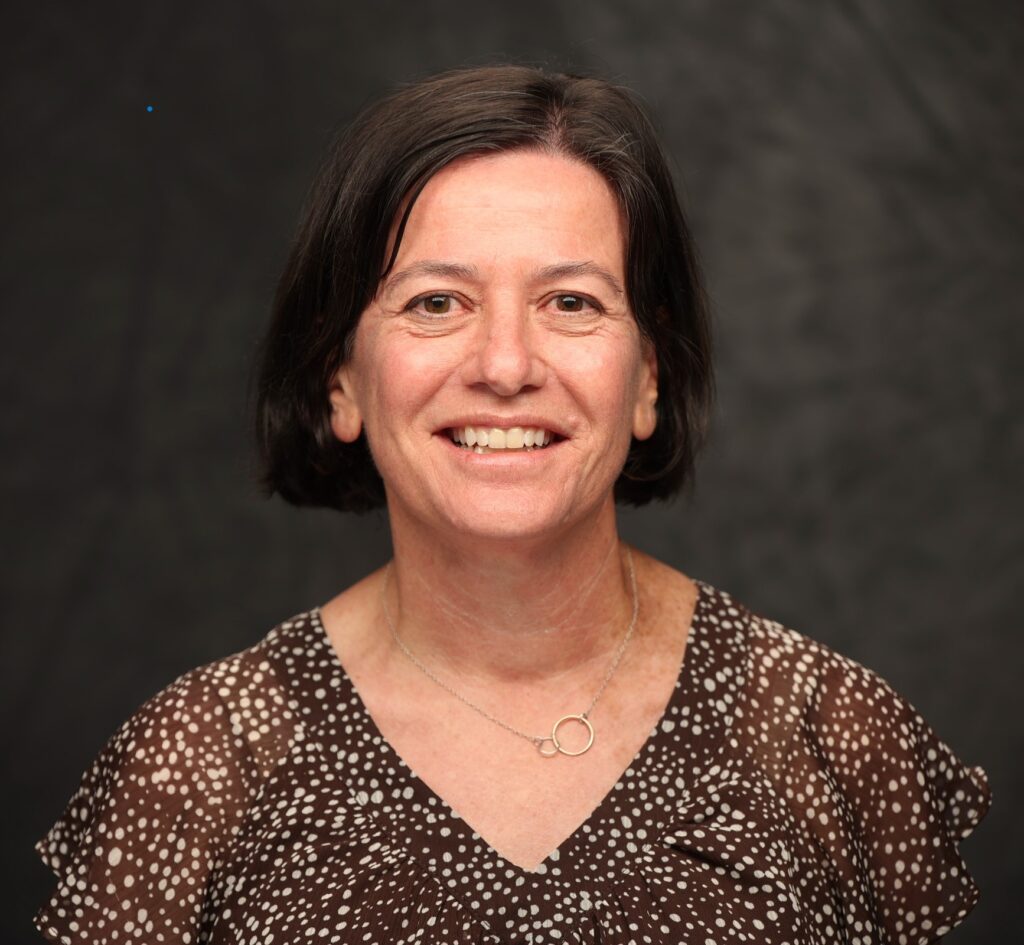
Marcia Tobin, VP, Flood Risk Solutions
Knoxville, TN, U.S.
Leading a 250-person flood risk team across the U.S., I’ve experienced firsthand how collaboration fuels better outcomes. Our multidisciplinary team — comprising planners, scientists, GIS specialists, and water resource engineers — delivers essential flood risk data that helps communities prepare for and respond to disasters. By working together and partnering with our clients, we provide data, analysis and most importantly, actionable insights that make a difference.
We take a “best athlete” approach, assembling talent from across our Water business as well as Transportation, Environment, and Buildings and Places. This approach means that every project benefits from the right mix of expertise. Whether it’s partnering with FEMA on risk mapping and disaster response or co-developing a flood resiliency tool in North Carolina using Agile methods, we tailor our teams to meet the unique demands of each challenge.
In Texas, we piloted a scalable flood risk analysis using LIDAR and aerial imagery, collaborating with state officials to create a tool that informs mitigation strategies and strengthens resilience. Across all our projects, it’s this spirit of collaboration — across disciplines, regions, and with our clients — that transforms data into action and engineering into lasting impact.
Harriet Ridler, Engineer
Basingstoke, U.K.
Coastal protection is a team effort. Our work focuses on shielding inland communities and infrastructure from flooding and erosion, requiring input from multiple engineering disciplines. In my role, I coordinate across internal and external teams — highways, drainage, geotechnical, landscape, and public engagement, environmental and heritage fields.
A great example is the Langstone FCERM scheme that we’re helping Coastal Partners, our client, to deliver. The client led on the environmental appraisal and stakeholder engagement, while we supported the process and co-developed the design. Joint workshops helped shape the final proposal, now submitted for planning. Public support has risen significantly since project inception, showing the value of collaboration.
I’m also working on the £150 million Havre des Pas scheme in Jersey, which balances new coastal defenses with community benefits. The site’s sensitive designations pose challenges, but through close work with the Government of Jersey and local officers — and aided by 3D modeling — we’ve agreed on key design principles and are progressing positively.
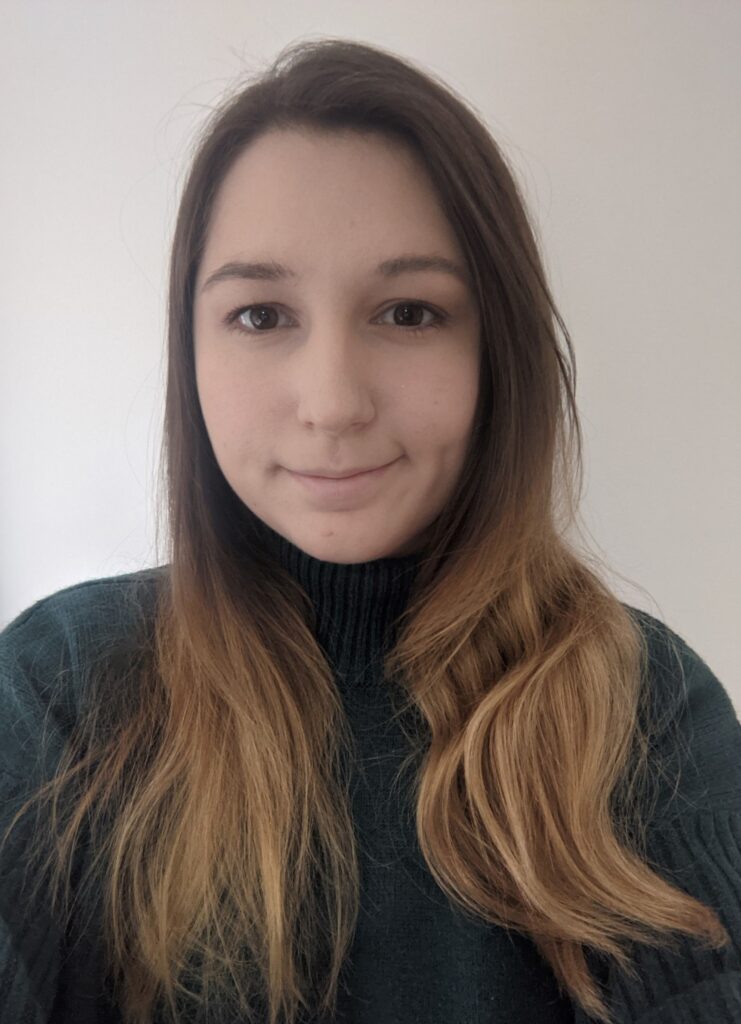
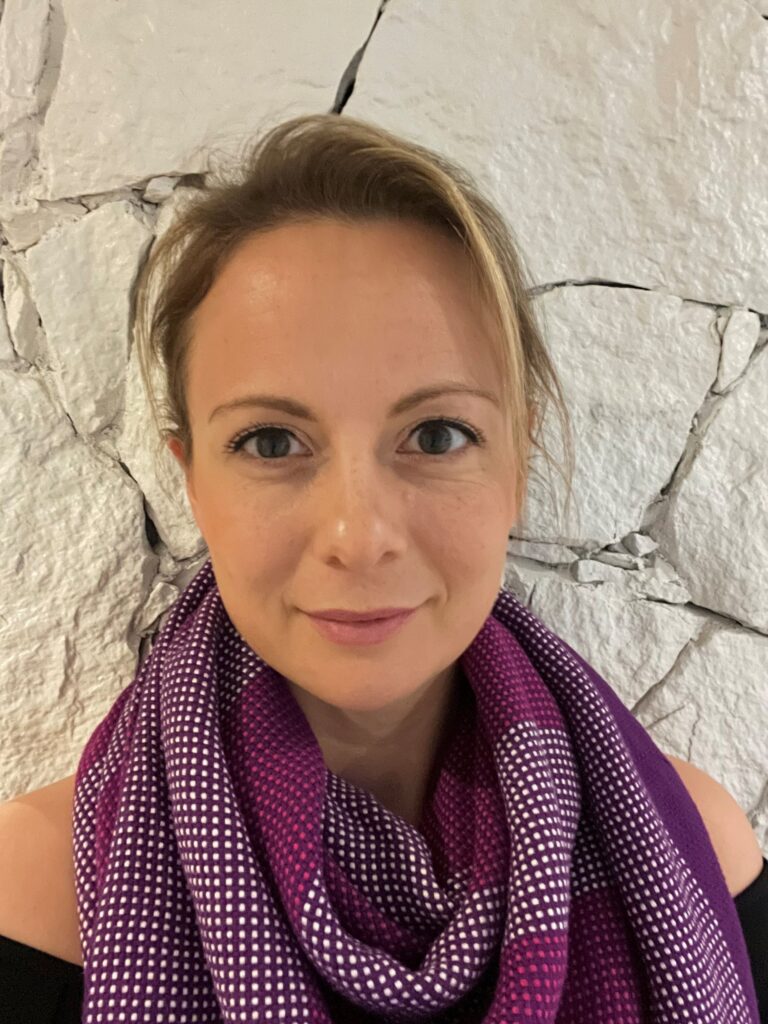
Alice Custard, Wastewater Group Manager
Markham, Ontario, Canada
Collaboration is at the heart of how I work — across disciplines, regions, and project phases. One of the greatest strengths of working at AECOM is the ability to draw on global expertise. Whether it’s a familiar challenge or something entirely new, I’ve always been able to find the right expert. On a recent project involving a technology not yet used in Canada, I brought in a colleague with years of international experience. His insights helped us deliver a more informed and effective solution.
That same spirit of collaboration extends beyond internal teams. I’ve worked closely with clients, operators, stakeholders, and rightsholders to shape better outcomes. At the Kitchener Wastewater Treatment Plant, I was on-site daily during commissioning — sometimes even on night shifts — working directly with Plant Operators to troubleshoot and get the headworks running. That hands-on teamwork was essential to delivering our shared vision.
My wastewater team continues to be one of my proudest achievements. Together, we protect the environment, mentor others, and grow as professionals. We collaborate not just as a process team or a project team — but as a team committed to building a better world.
Kelly Giesing, Civil Engineer
San Diego, CA, U.S.
Across dam design projects, I’ve seen how collaboration drives better outcomes — especially with clear communication. I set expectations early on around schedule and budget and hold regular check-ins to keep teams aligned. With strong leadership, cross-disciplinary teamwork becomes a real asset.
A recent project with San Diego Gas & Electric showed this in action. We expanded our geotechnical scope to include civil design and worked with the contractor’s structural subconsultant. The client was highly engaged, and during construction, we served as their on-site representative — streamlining decisions, reducing costs, and ensuring success.
Environmental collaboration also matters. On one dam project, I worked with an environmental consultant to reroute access roads and staging areas away from sensitive habitats. The design impact was minimal, but the ecological benefit could be significant — proof that smart engineering can serve both people and the planet.
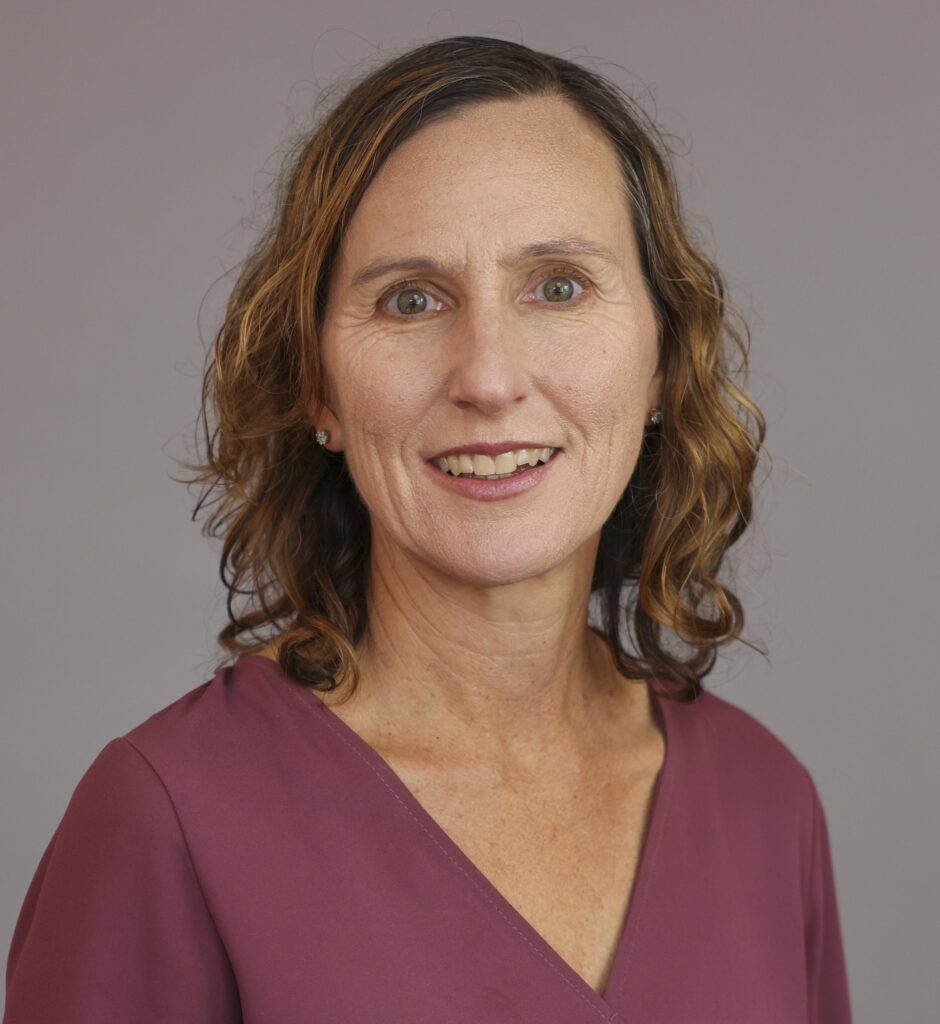

Jade Singleton, Group Lead, Resources + Industry
Western Australia
Effective collaboration starts with communication. By regularly connecting across teams and regions, we ensure the right skills are matched to the right projects — delivering better outcomes for clients and broader opportunities for our people.
A recent example involved a trip to Port Hedland for a project. Knowing another client also operates nearby, I reached out. That quick conversation led to a site visit and early input for a new proposal — maximizing value for both clients through simple, proactive collaboration.
In the mining and resources sector, this kind of thinking matters. These industries power everything from infrastructure to clean energy. Every project we deliver helps make resource extraction safer, more efficient, and more sustainable — contributing to a better world for everyone.
Meghan Cooke, Process Engineer (EIT)
Burnaby, British Columbia, Canada
For the French Creek Pollution Control Centre Stage IV Expansion Project, I work with colleagues across business lines within the Canada West region to coordinate efforts as both a Process Engineer in Training and Project Coordinator. Using tools like Autodesk Construction Cloud and Microsoft Teams, we ensure smooth communication across disciplines in this integrated project delivery (IPD) model.
The IPD model brings the contractor, client and consultant together under a poly-party agreement, encouraging collaboration and finding solutions that are best for project. Biweekly co-located meetings with all key participants — owner, design team and contractor — foster open dialogue and shared problem-solving. I help facilitate these sessions to ensure all voices are heard and aligned.
One major success has been addressing the facility’s odor control challenge — a key concern for the local community (the area is unofficially referred to as “Stench Creek”!). Through close collaboration, we’ve designed effective solutions that will improve air quality and enhance residents’ quality of life, demonstrating the power of teamwork in delivering meaningful community impact.
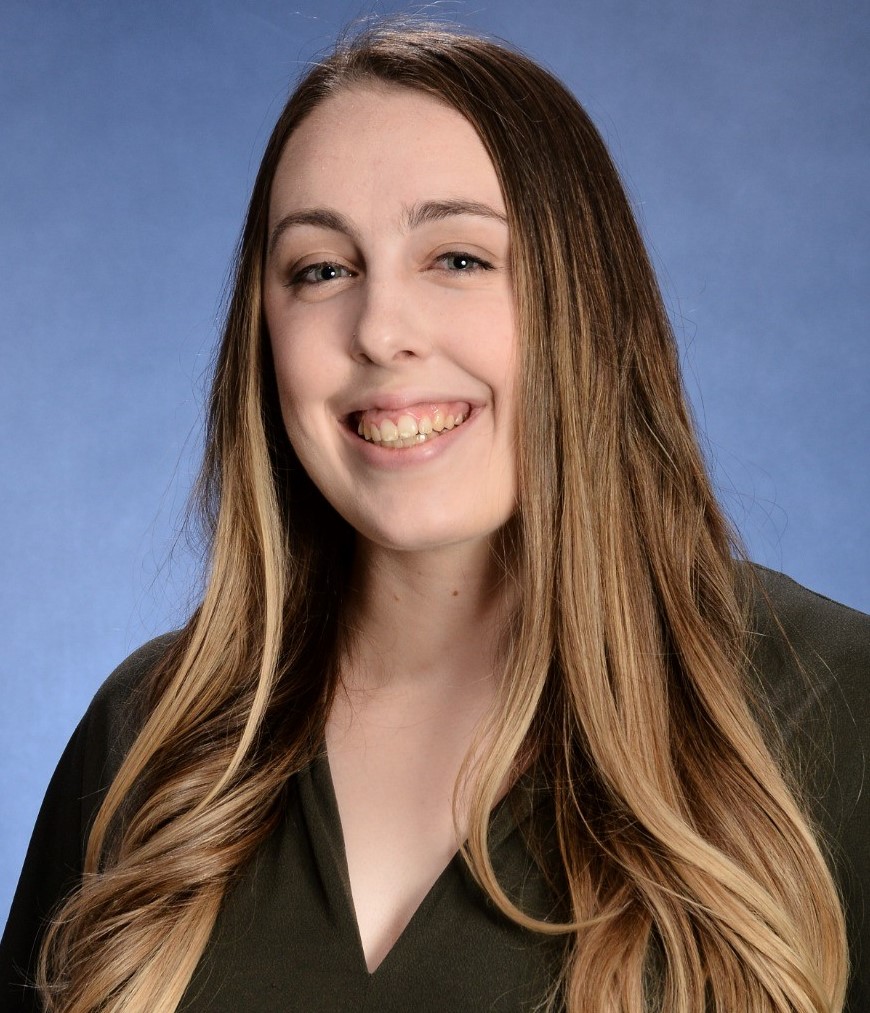
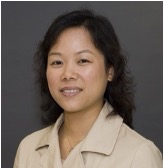
Ruby Yew, Executive Director, Water
Hong Kong
In infrastructure projects, collaboration is essential. I promote open communication across teams and regions, ensuring shared goals and respect for diverse perspectives. This approach helps us solve complex challenges efficiently and inclusively.
When unforeseen ground conditions threatened piling progress on a project, we worked closely with the client to identify a design review as the best mitigation strategy. We fast-tracked the revised design and submitted it within two days, enabling the client to secure approval from the Geotechnical Engineering Office within a week. This swift, coordinated effort helped us avoid costly delays and keep the project on track.
Another example is the Queen’s Hill public housing development in Fanling, where we faced the absence of a sewerage system. Collaborating with the Fanling North NDA and Queen’s Hill Development teams, we developed an interim sewerage scheme that cut installation time from 4.5 years to three. By integrating this with the permanent system, we not only saved time and costs but also improved energy efficiency.
Lorreta Agnew, Technical Director, Dams
New South Wales, Australia
In engineering, collaboration and communication go hand in hand. Having worked extensively in virtual environments, I’ve learned that regular, effective communication — whether through chat, video, or calls — is essential to keeping teams aligned and projects on track. Trust is equally important. Whether working with clients or colleagues, transparency and honesty build the foundation for shared success. It’s about navigating challenges together and learning from one another along the way.
A standout example is the Upper Nepean Risk Review, part of our work on large dam safety projects. I led risk management efforts, collaborating with structural, geotechnical, and geology teams, as well as clients and expert reviewers. Together, we assessed dam safety and identified critical upgrades to protect downstream communities. This project is a reminder that when we communicate openly and collaborate effectively, we don’t just deliver technical solutions — we help create safer, more resilient communities.

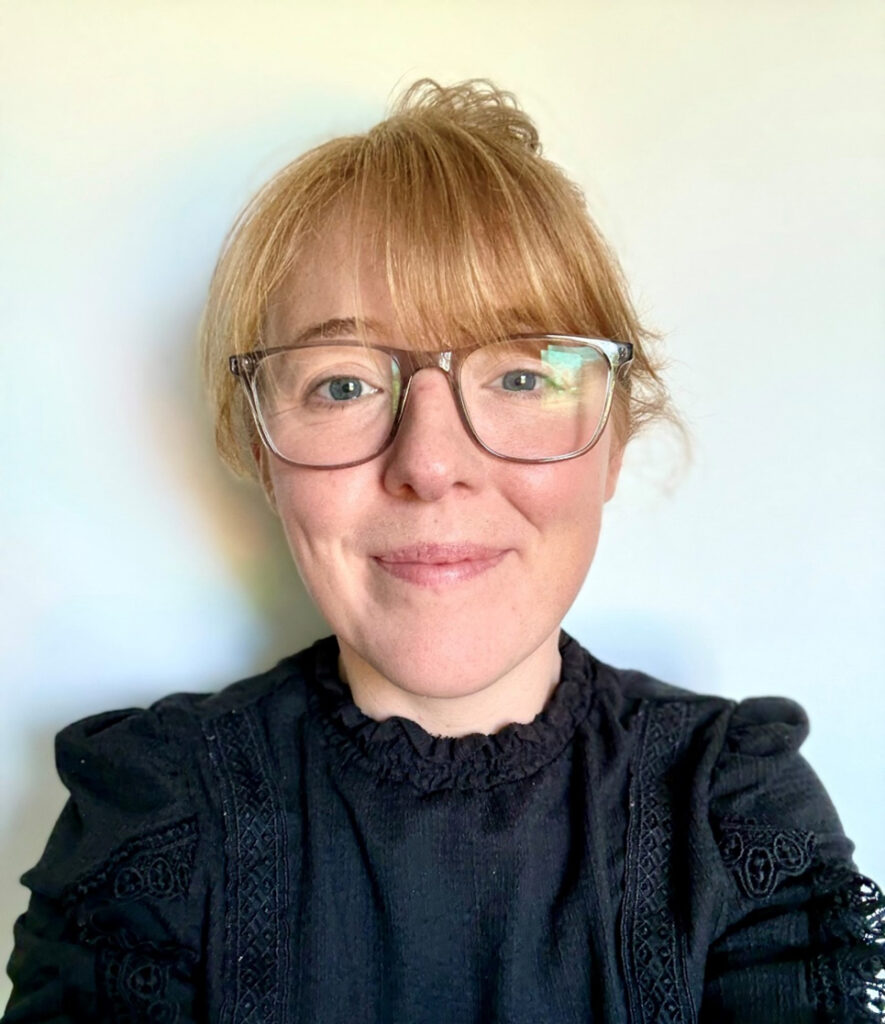
Martha Newman, Principal Engineer, Water
Basingstoke, UK
Since COVID, remote working has made it easier than ever to collaborate across regions. Based in North Wales, I regularly work with colleagues from Basingstoke to Belfast, staying connected through Teams calls and site visits. I’ve never felt more in sync with my colleagues across the country.
A great example was the Bedford to Milton Keynes Waterway Park. The client wanted a press release to announce the project, so I worked with Communications to deliver it. It was picked up by the BBC and New Civil Engineer, raising awareness of the project, the client and sparking new industry connections.
Another highlight was managing the Millmead Fish Pass with the Environment Agency. It brought together specialists from multiple disciplines and stakeholders. Hydraulic modelling helped us balance the needs of fish and eel migration with those of recreational river users. Construction is planned for this summer.






